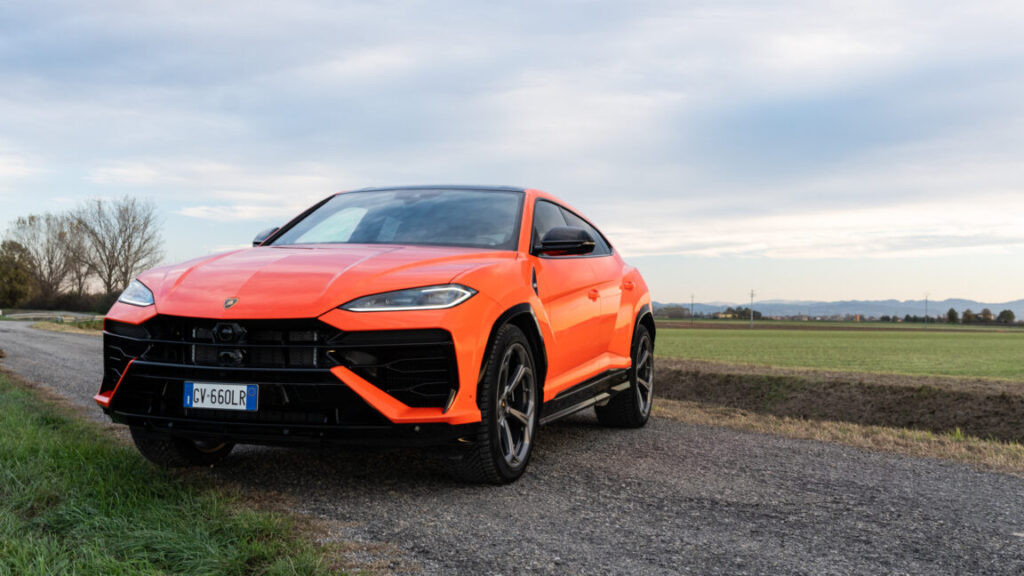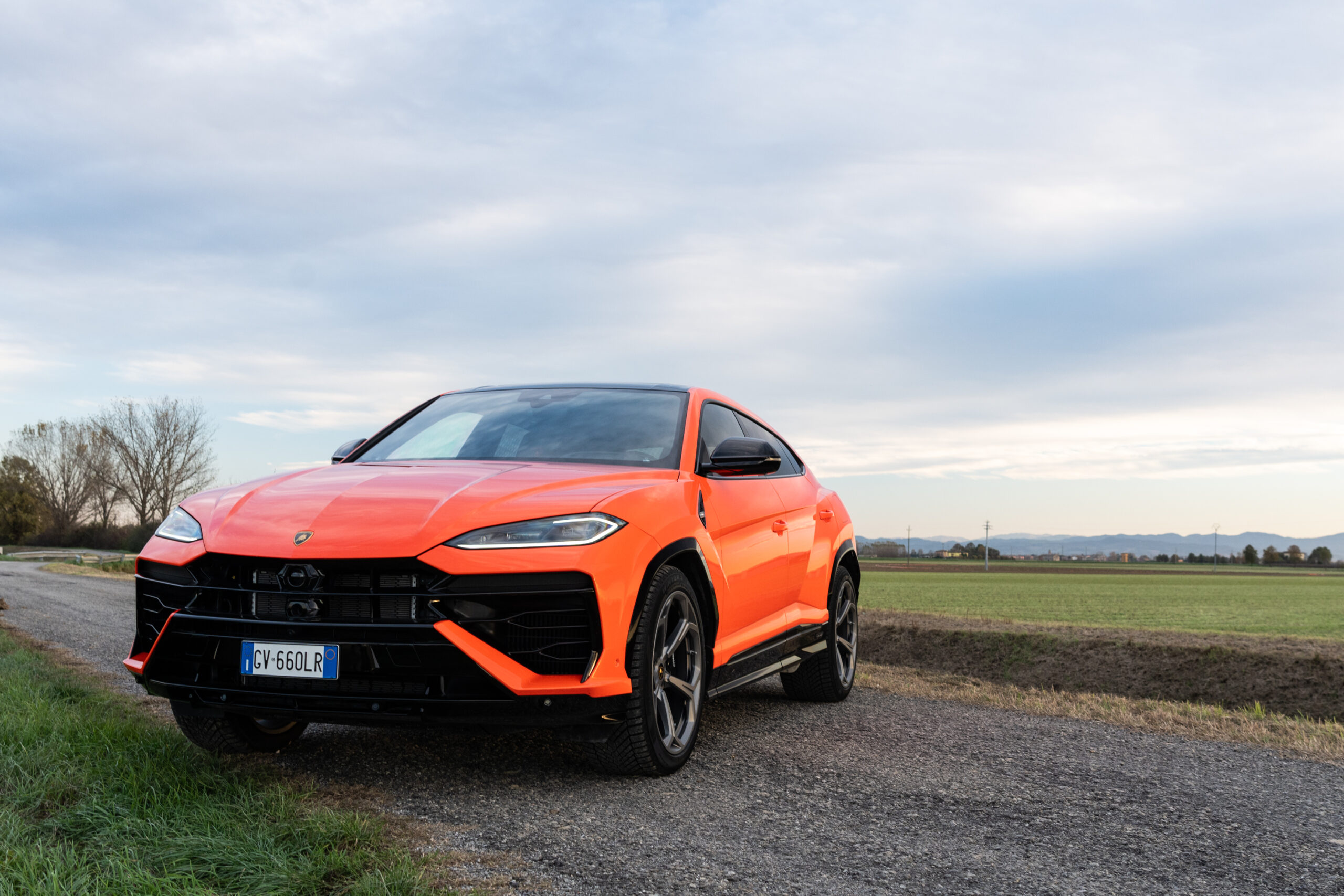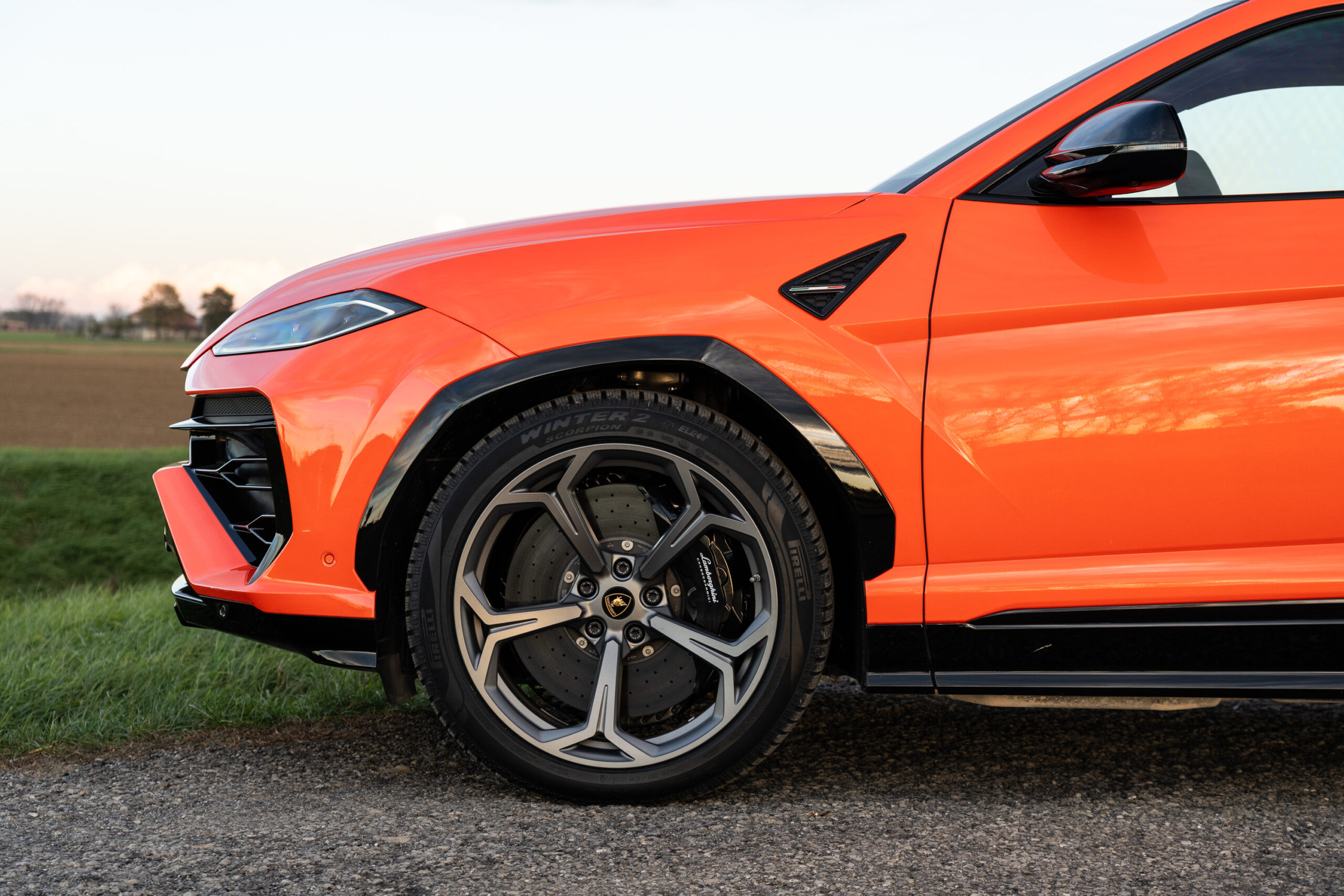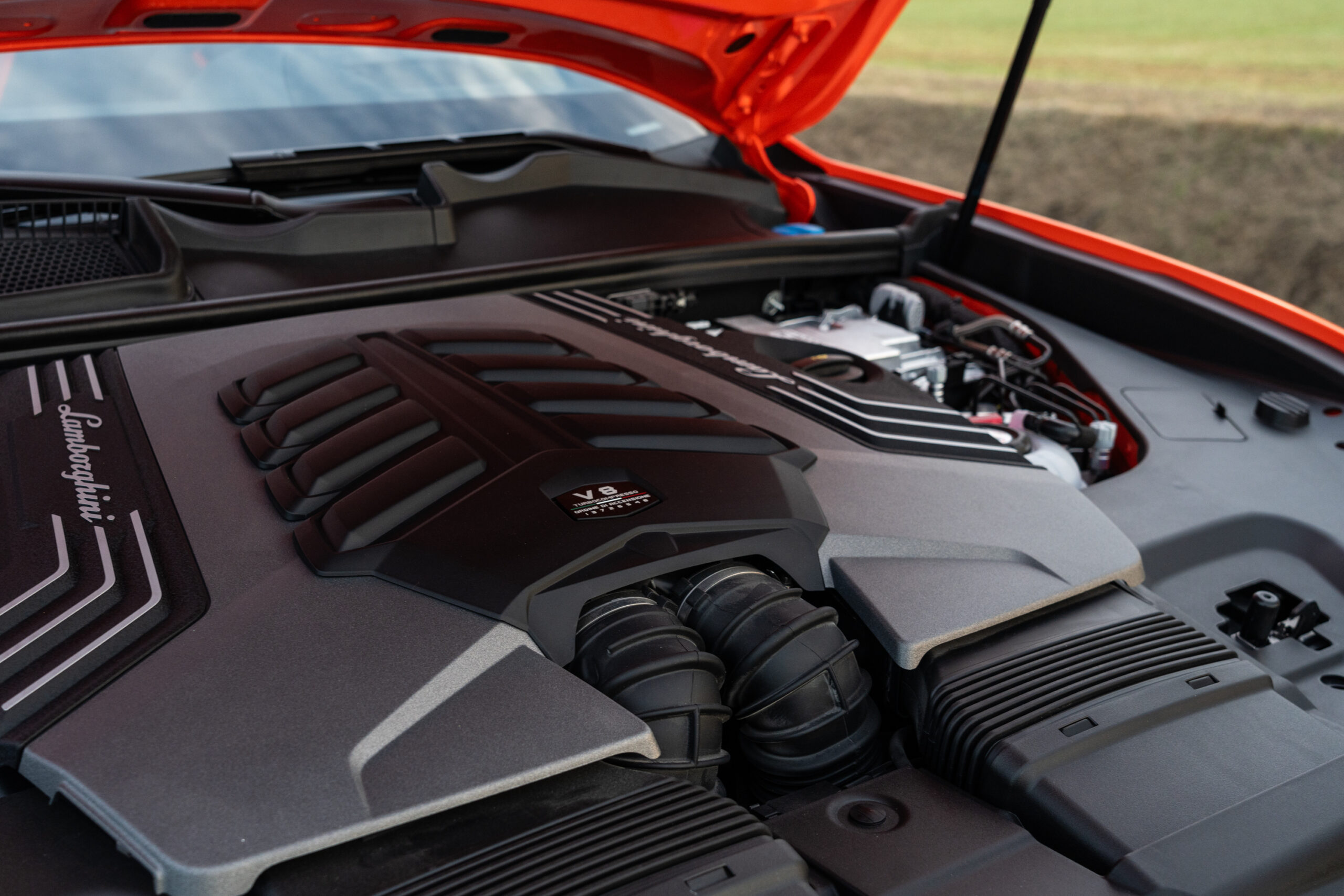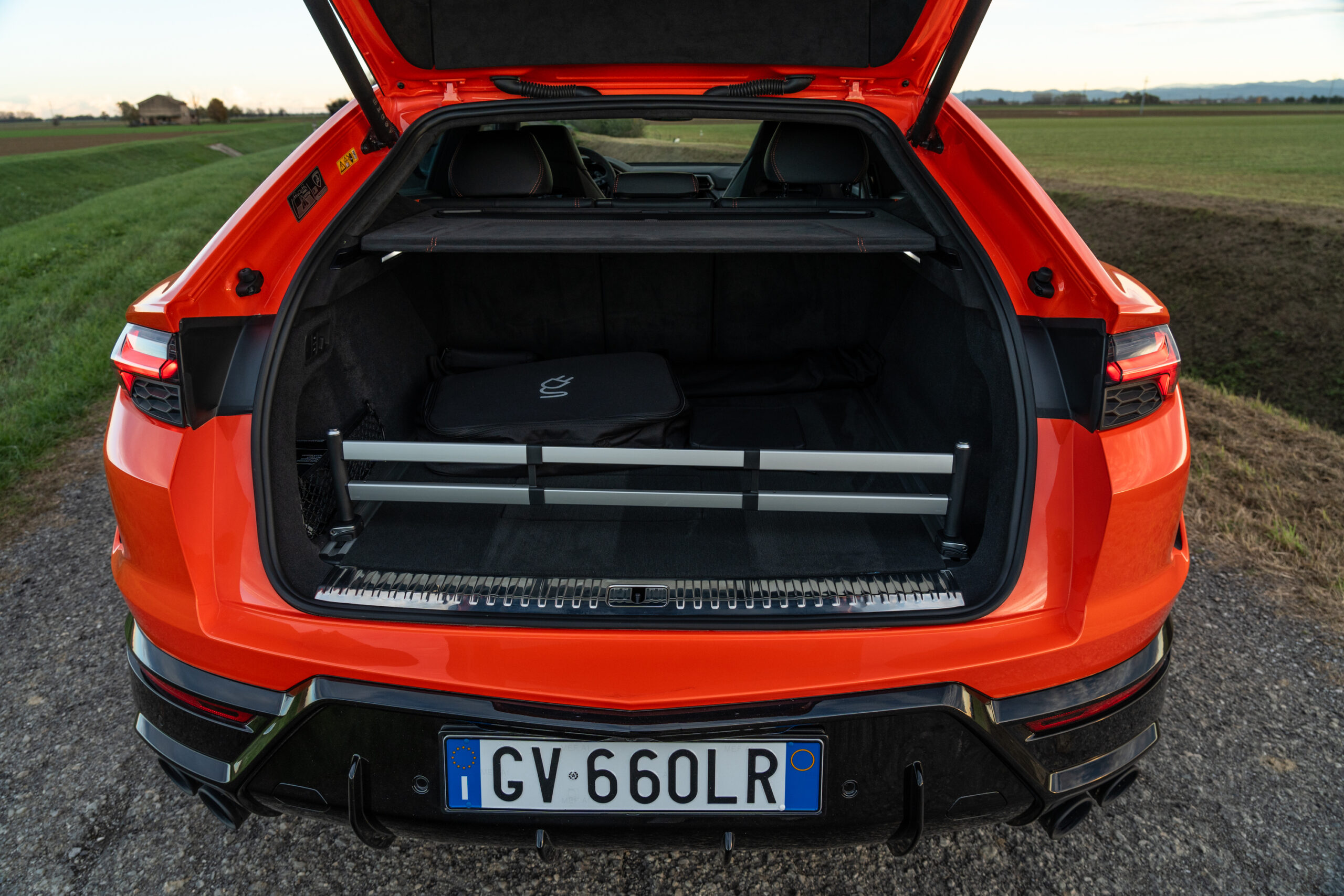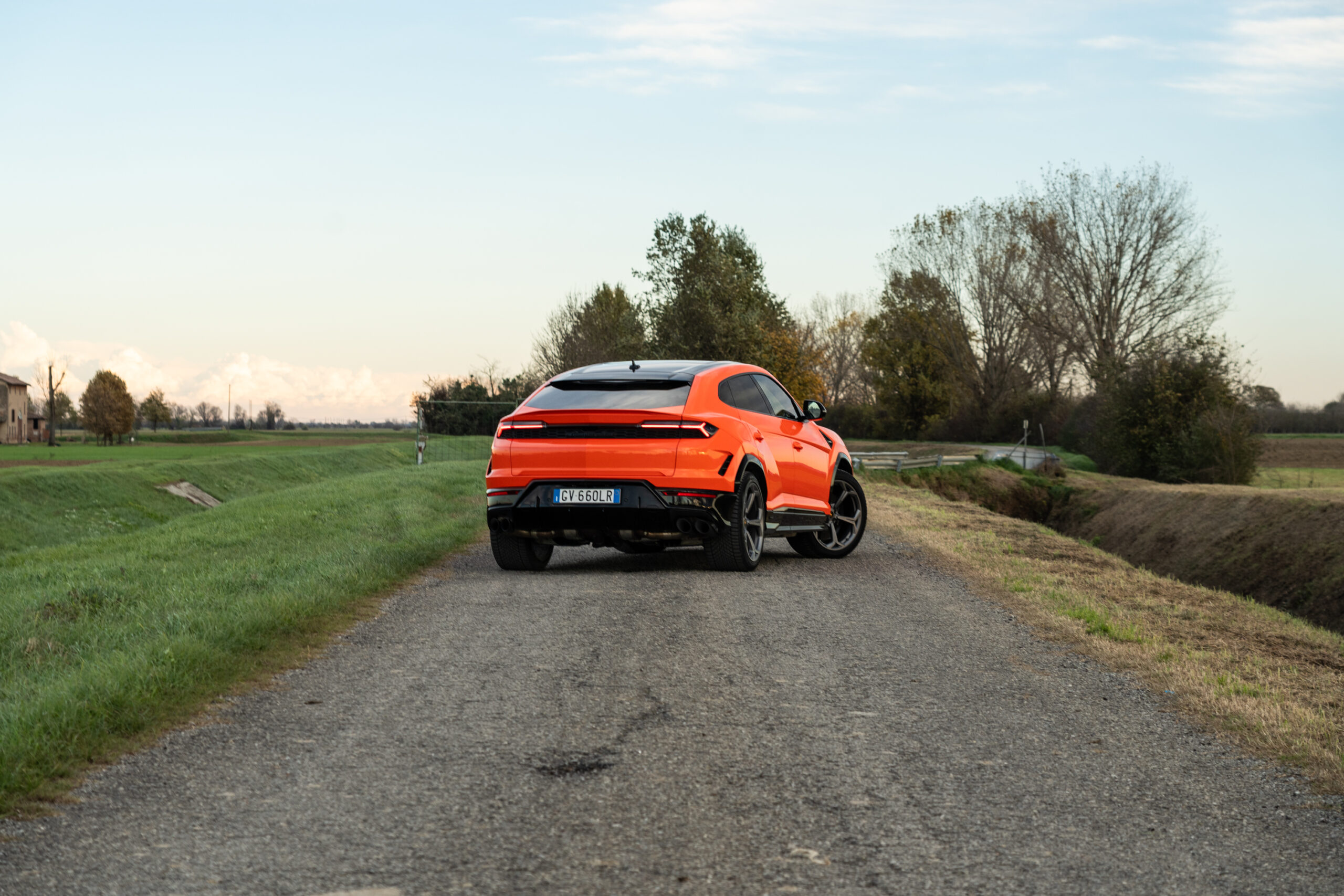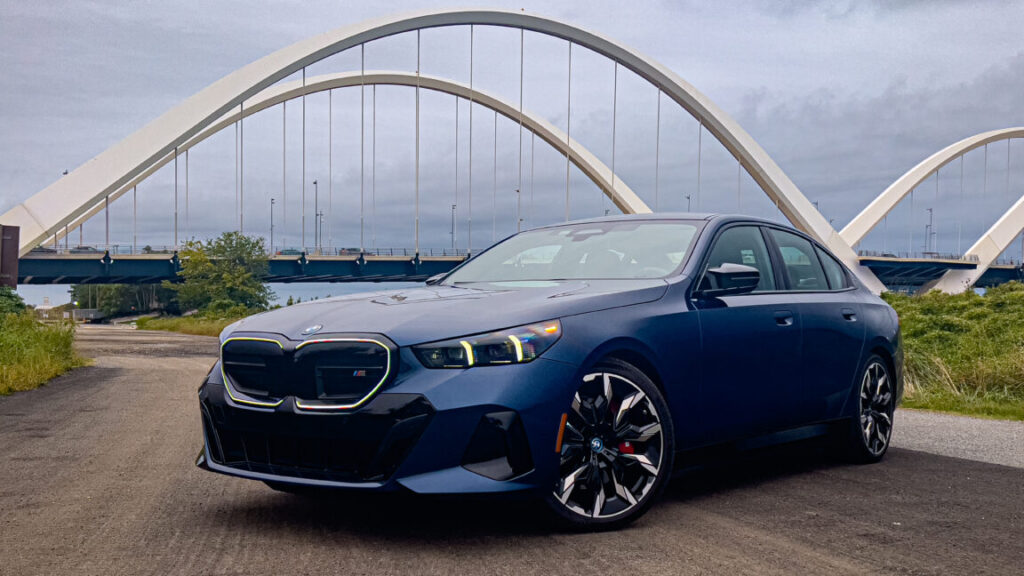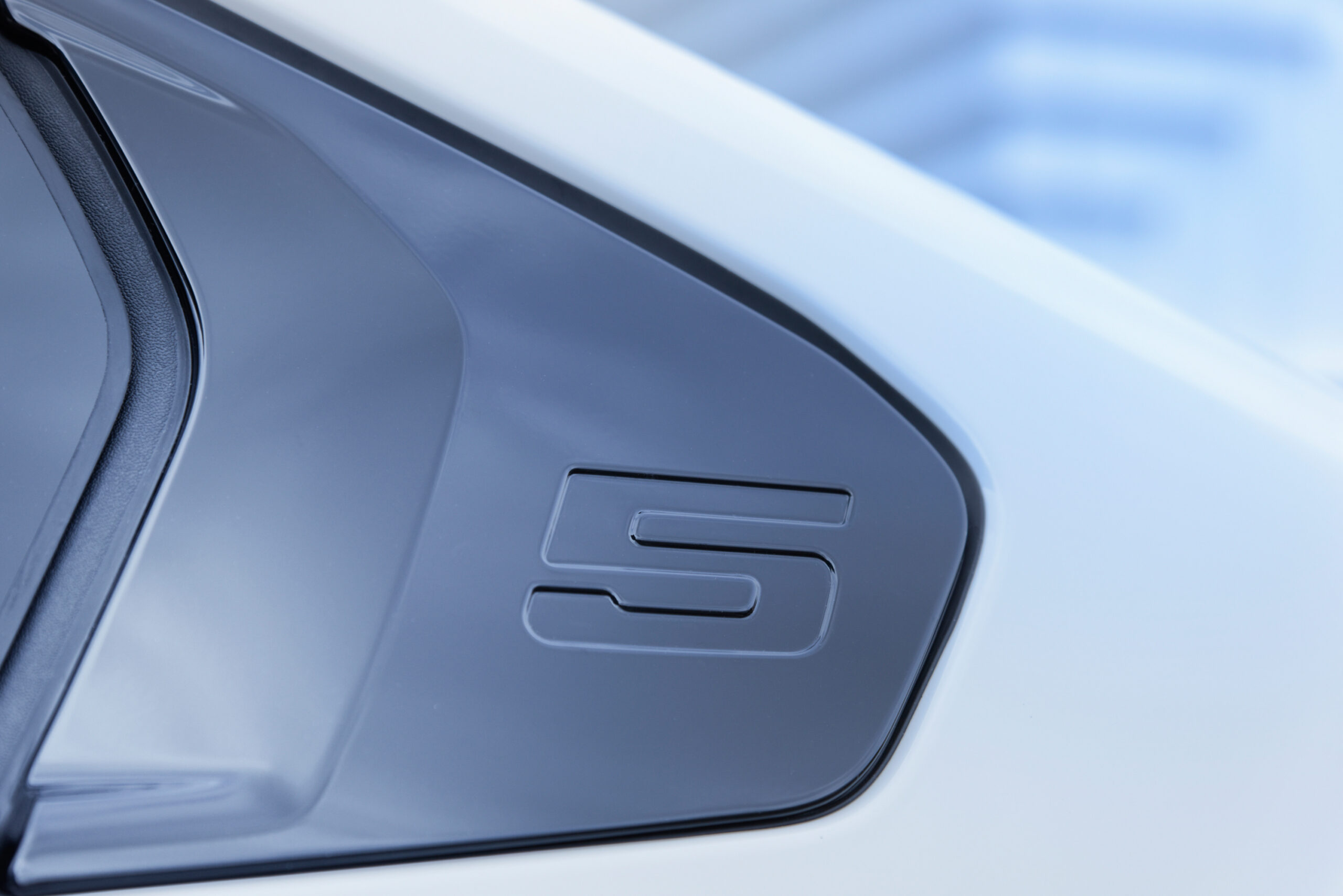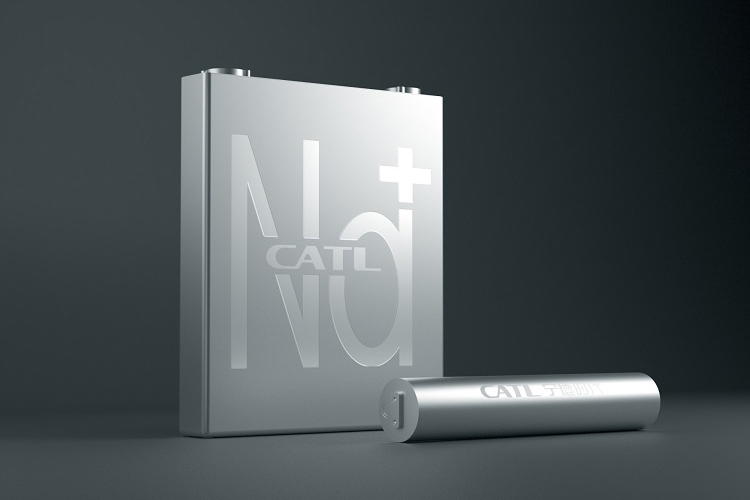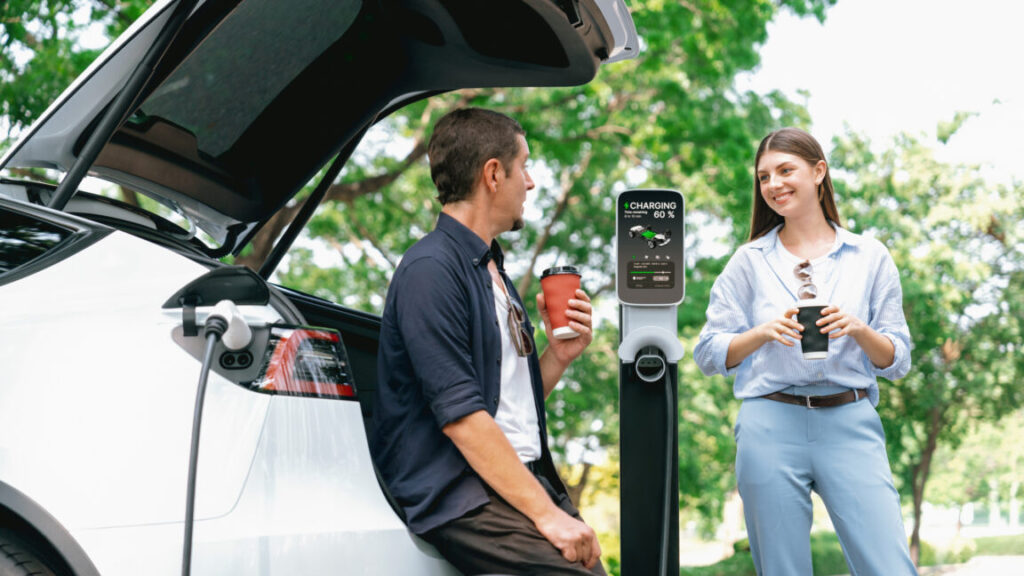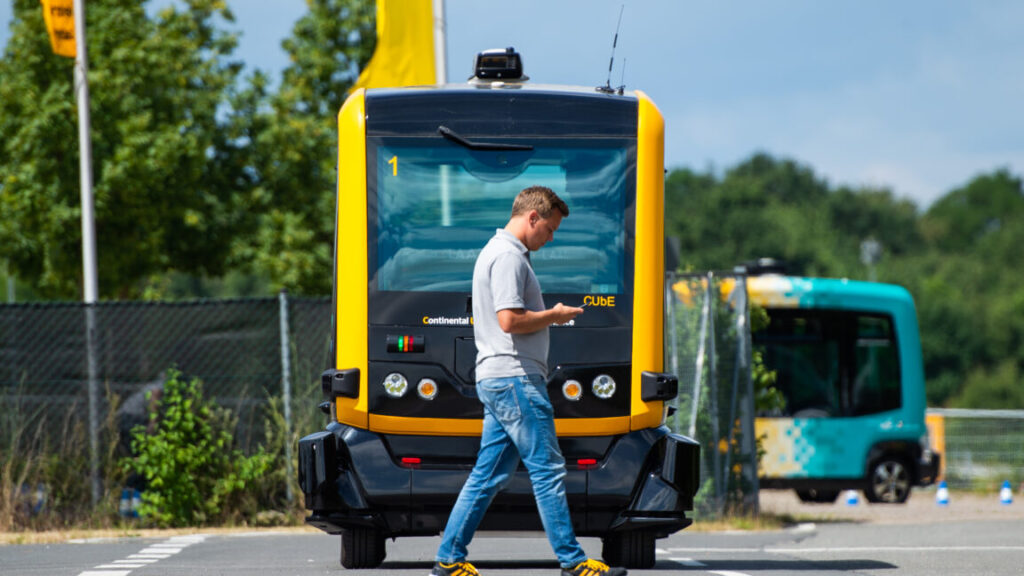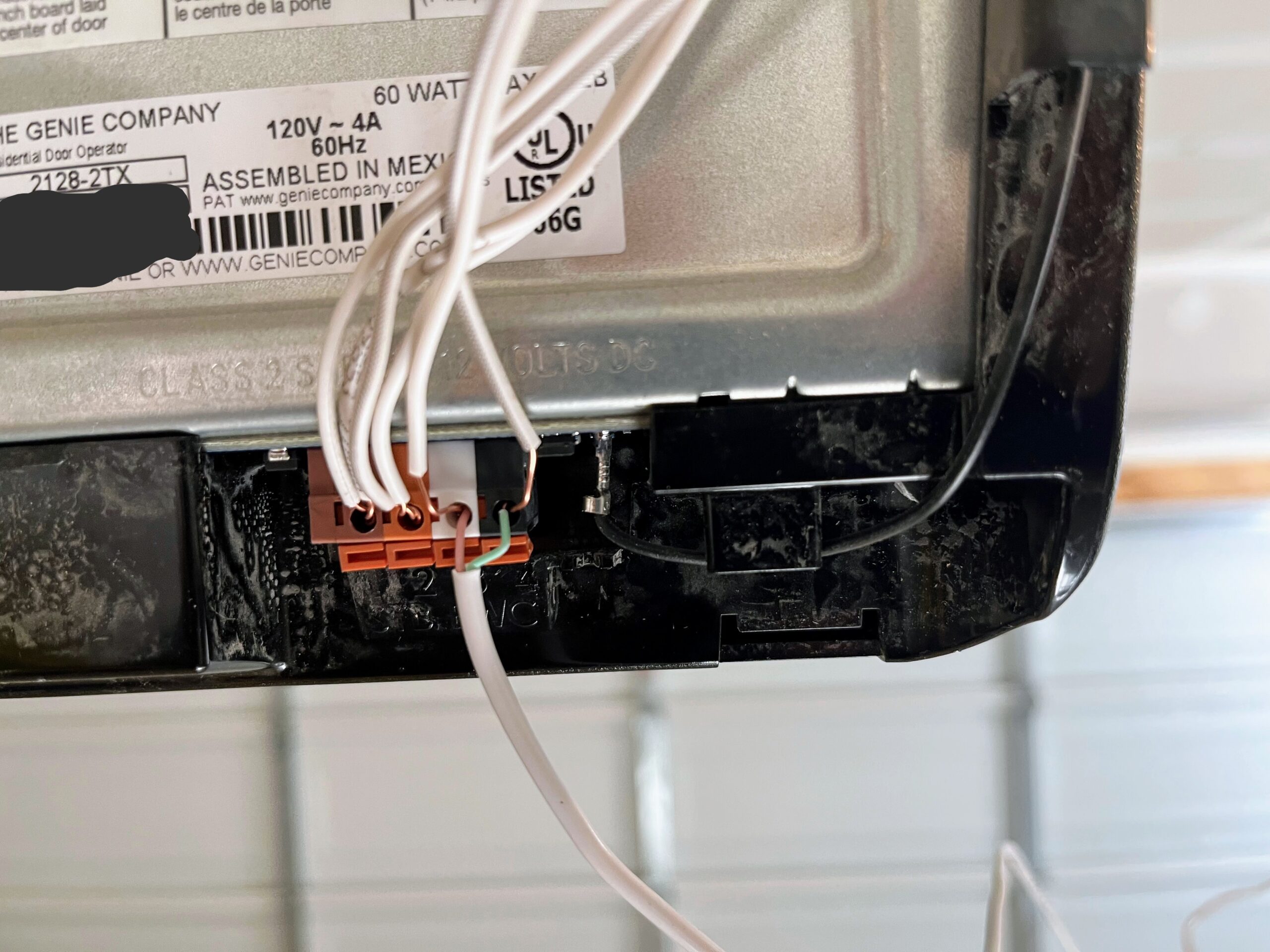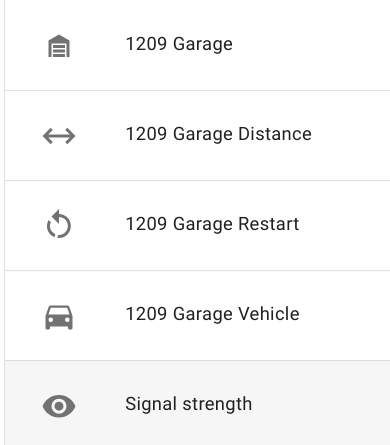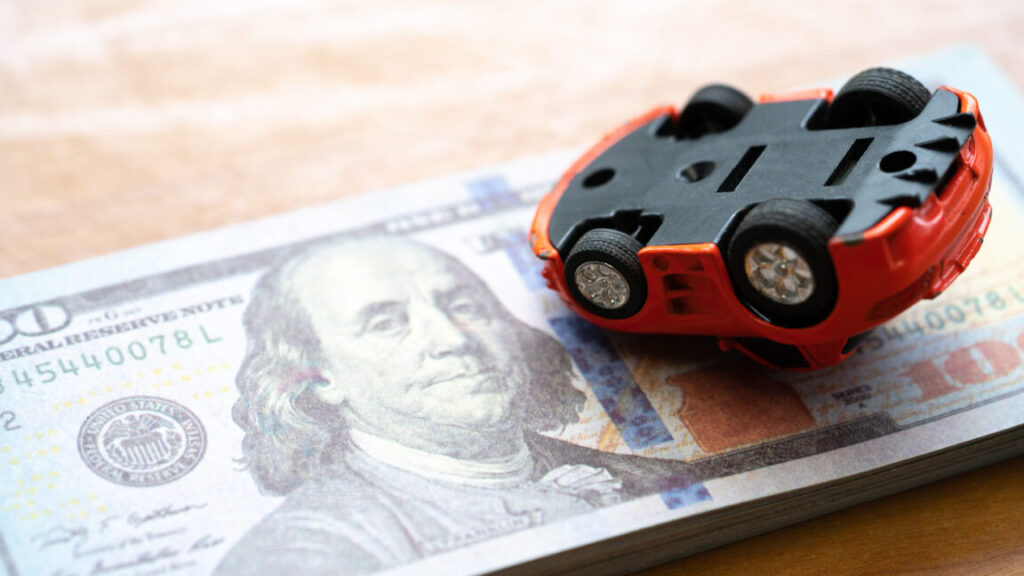Amazon starts selling Hyundai cars, more brands next year
Fear not—there’s no one-click option, so no one should be in any danger of absent-mindedly buying a brand-new Palisade. Instead, there’s a “Begin Purchase” button, at which point you can choose to pay the entire amount or finance the purchase.
Here is a huge difference to the traditional dealership experience: There’s no negotiation, no browbeating or asking you how much of a monthly payment you want to make, and no upselling paint protection or the like. Everything can be done through amazon with a few clicks, ending with scheduling a pick-up time for the new car at the dealership. You can even trade in your existing car during the process. (I only tested it so far lest I accidentally end up with a brand-new Ioniq 5 N, which I still can’t charge at home.)
Amazon says it will add more brands next year, as well as leasing, and will also expand to more cities. For now, Amazon Autos is available in Atlanta, Austin, Baltimore, Beaumont-Port Arthur, Birmingham, Boston, Champaign/Springfield, Charlotte, Chicago, Cincinnati, Cleveland, Columbia, Columbus, Dallas, Denver, El Paso, Fond Du Lac, Ft. Myers/Naples, Harrisburg-Lancaster-Lebanon-York, Harrisonburg, Hartford, Houston, Indianapolis, Jacksonville, Los Angeles, Miami, Milwaukee, Minneapolis-St. Paul, Nashville, New York, Orlando, Philadelphia, Phoenix, Pittsburgh, Portland, Providence, Raleigh-Durham, Salt Lake City, San Antonio, San Diego, San Francisco, Seattle, Sheboygan, Springfield, St. Louis, Tampa, West Palm Beach, and Washington, DC.
Amazon starts selling Hyundai cars, more brands next year Read More »


